These days, it is not uncommon for doctors from all types of specialties to offer aesthetic procedures for the face, such as filler and Botox injections for wrinkles and superficial peels with lasers or glycolic acid to remove sunspots and wrinkles.


Improving health care quality is absolutely the right thing to do for our patients, and different approaches are being used by the various organizations involved in health care.
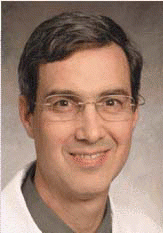
The largest survey to date of patients with allergic rhinitis (AR) and physicians who treat them revealed that patients’ and physicians’ perceptions of this disorder are not always in sync.
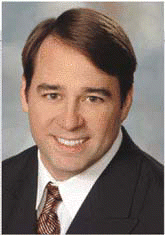
Even in patients with relatively common sinus disease, decision making about endoscopic sinus surgery (ESS) can be difficult, and not all cases are the same.
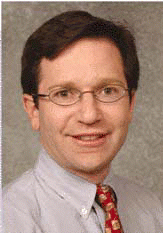
How much stock should otolaryngologists put into the parental interpretations of their child’s complaints? According to Ellen M. Friedman, MD, an otolaryngologist in Houston, parental descriptions are an important part of patient histories, but you still need to perform objective measures.
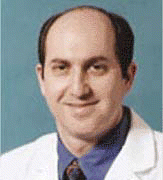
A new era in efforts to treat patients with tissue loss or organ failure is under way, which has the potential to revolutionize the treatment of many diseases and conditions that otolaryngologists treat.
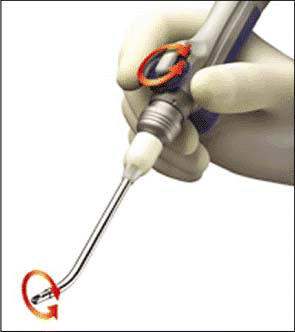
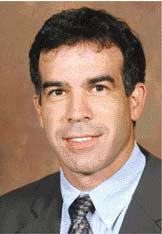
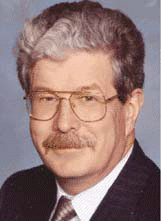
Endoscopic sinus surgery was introduced into the United States more than 20 years ago; over that time period it has undergone significant changes, in terms of both surgical technique and our understanding of the disorder of chronic rhinosinusitis.
Not long ago, physicians routinely decried evidence-based medicine (EBM) as an encroachment on their professional autonomy, a barrier to good patient care, insensitive to health care’s growing complexity, and at odds with the transcendent value of the physician-patient relationship.